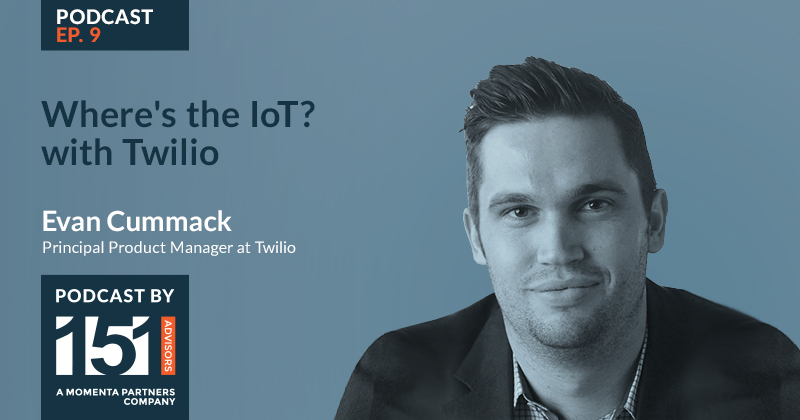Apr 18, 2018
| 3 min read
151 Advisory Podcast Ep.9

![]()
We'll notify you bi-weekly about new podcast episodes, upcoming guests, and news. You can subscribe to the podcast and if you'd like to be considered to appear on the podcast contact us.